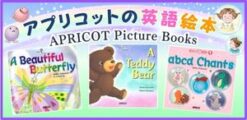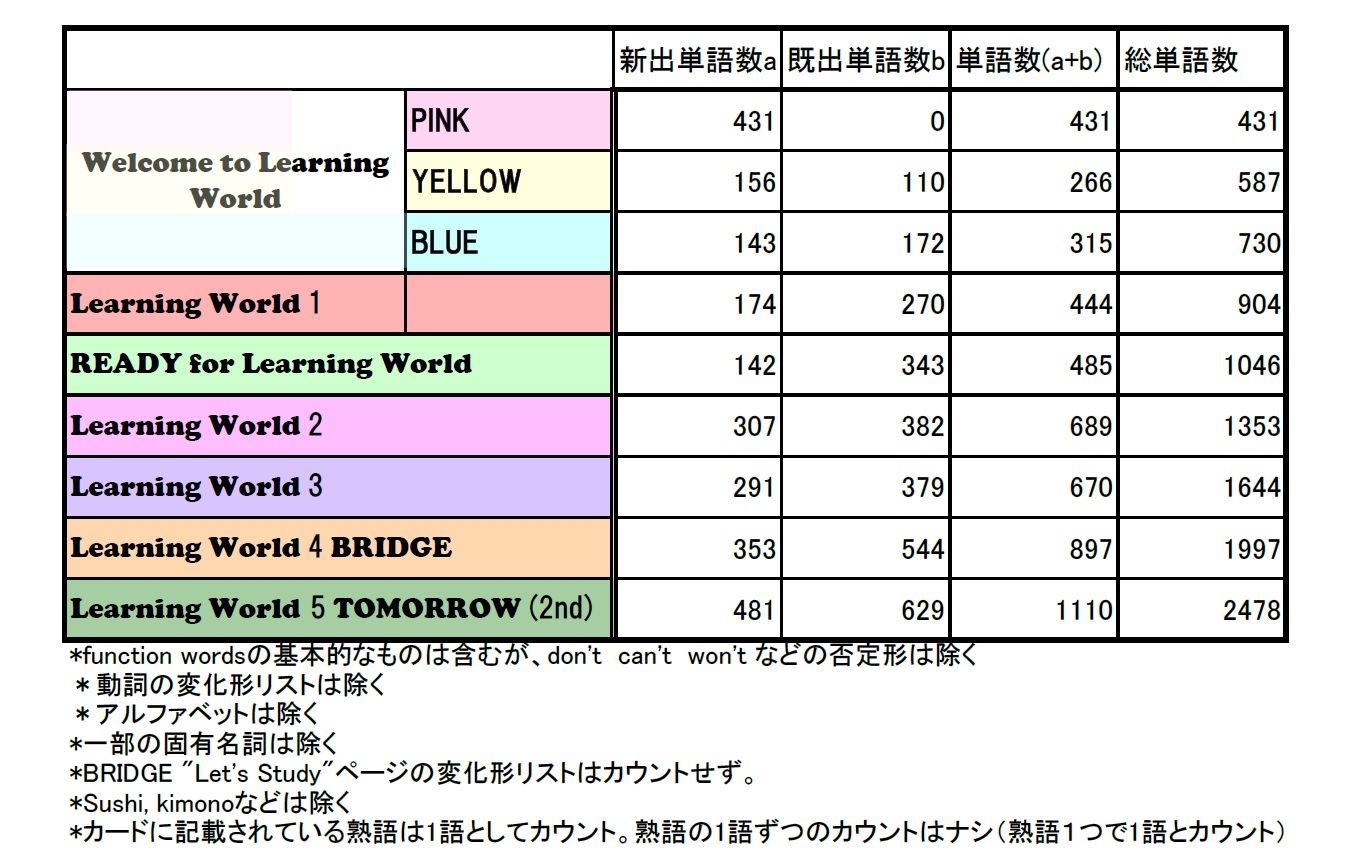

◆Author: Mikiko Nakamoto (former AIM English Studio, Osaka) These coursebooks were developed based on her teaching experience at her school with about 550 students.
◆The first edition was published in 1995. There are 9 books in the series so far, and each of them was designed according to the teacher’s needs. More books are expected (Learning World for The Future, etc) in accordance with the change of times and the English education system in Japan.

1. Warm-up/Review:To reach fluency in a second language, reviewing every lesson is necessary. Beginning every lesson with Chat time and Question time is preferable to review the previous lesson.
2.Learning World coursebooks focus especially on “using” English in the class by Communication Activity.
3. After Communication Activity: Open the textbook after “using” English and review the words or grammar to practice more.
4. Self-expression Activity (right page): using learned English fully to express in both oral and written forms.
5. WORKBOOK/Drill: Bookwork in the class by reviewing the learned content.
6. Homework: Listening to the Student CD (or the Student CD App) as homework is highly recommended. Make this kind of homework a habit from an early age (preschool). Teachers should check and make sure that the students did the homework in every lesson.
Learning World Series:
・Vocabruary and expressions are used repeatedly and the difficulty increases gradually.
・Student to student communication in English in every lesson. (chat time/ interaction)
・Get students used to express themselves in a presentation from the pre-school level.
・Advise students to accept individual answers through learning English – there can be many answers.
・Achievement Targets Page helps students, parents, and teachers to understand the learning progress.
1. Communication Activity
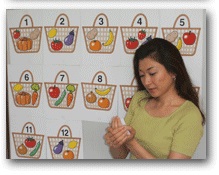
One of the differences from other textbooks is Learning World Series provides Color KYOGU (WELCOME PINK/ YELLOW/ BLUE/ READY) and Activity Sheets (Book1,2,3,4) for teachers. These class materials can be reused and to direct students to use English through activities.
2. Vocabulary and Grammer
Catchy songs and chants in each textbook will help students to remember target words and expressions.
・THE EFFECTS OF SONGS AND CHANTS
3. Self-expressions (Creative Drawing/ Creative Writing)
Each textbook contains Self-expression Activities that are suitable for the grade/age.
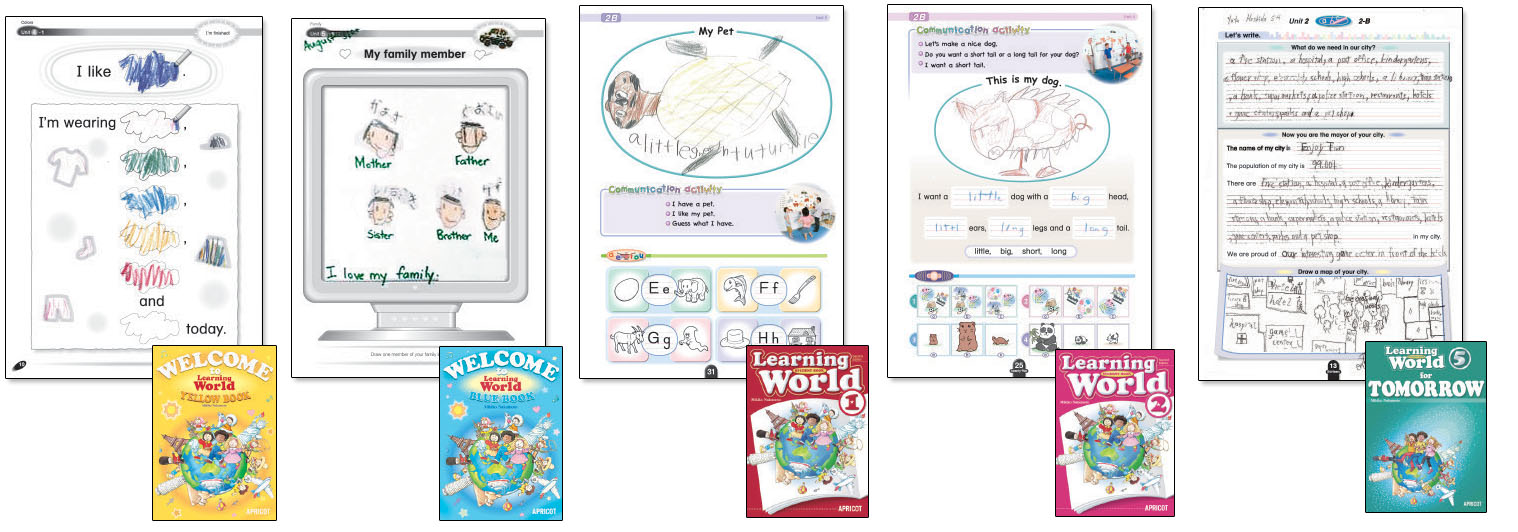
4. Listening Homework: The Student CD/ The Student CD App
It is indicated that it takes 1000 hours of listening to reach fluency in learning a second language. To achieve the hours, it is necessary to do listening homework.
・Learning World Audio ・Homework System
Lesson Procedure
①Warm up/ Review /chat time: Have a free conversation with students ⇒
②Communication Activity ⇒
③Target Sentences/ Songs/ Chants/ Dialogue ⇒
④Individual Work/Oral Presentation ⇒
⑤Follow up / Drill: WORKBOOK, Phonics, Listening Tests
Homework check & Review→
Communication Activity→
Textbook (Vocabulary/ Grammar)→
Creative Drawing/ Creative Writing/ Oral Presentation →
WORKBOOK / Supplement(for review/ expansion) →
Listening Homework (Stamp the page or put on Award Stickers)

Learning World Series Concept:
1 Efficiency The English in this series keeps in mind the enjoyable and memorable words and lines in chants and songs.
2 Coursebook Privilege Each skill can be learned comprehensively.
3 Self-expression We focus on “Use English” by expressing individuality from the pre-school level.
4 Forgetting and recalling what was taught The important grammar and words appear repeatedly in these coursebooks. Students will be able to get familiar with the English by recalling them.
5 A sense of achievement to carry on This coursebook series is aimed at giving children a sense of achievement at the end of each textbook. This is an incentive to proceed to the next textbook and to continue learning.
6 Improve self-esteem Complying with the author’s request – contents that improve students’ confidence are interspersed in this series.
8 I’m right. You’re right. This series cares about being conscious of others by accepting diversity.
9 “I don’t know” is a kind of an answer. Avoid silence. Learning English is a practical subject. Mistakes should be accepted, being quiet (not responding) is what should be avoided in a class.
■Teaching Concept: The Communicative Approach/ the Humanistic Approach
Reference:
Make it a habit to talk in English
Progress Sheet (Review and Homework)
End of the school year & Achievement Target
FLOW CHART
Learning World Flow Chart (4 pages) ver.2019.10.25
Approach Examples
Curriculum (Syllabus / Achievement Target / Letter to Guardians)
Each textbook contains Syllabus, Achievement Target, and “Letter to Guardians“ which indicates what students will learn in the textbook. This refers to basic information about Writing, Reading, Preparation, Homework, etc in a simple way.
■Vocabulary
Components for teachers and students
Author: Mikiko Nakamoto
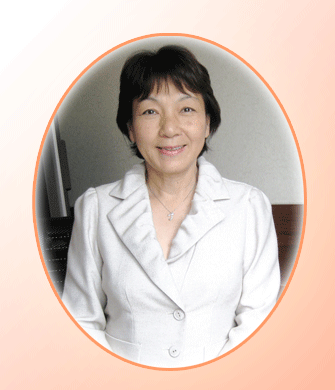
Learning World Series Overview

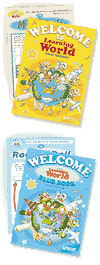 WELCOME YELLOW & BLUE contains vocabulary and expressions that are important in the early stage of learning English. *1st-grade Elementary students with no past experience of English education. YELLOW and/or BLUE should be done before starting Book 1.
WELCOME YELLOW & BLUE contains vocabulary and expressions that are important in the early stage of learning English. *1st-grade Elementary students with no past experience of English education. YELLOW and/or BLUE should be done before starting Book 1.
YELLOW includes more self-expression activities to get used to presentations. Each Unit comes with “My Book” (mini-book).
BLUE has more challenging songs and chants than YELLOW and suitable for 4 to 5 year olds. Each Unit comes with “Read n’ Roll” as appendices.
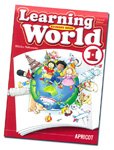
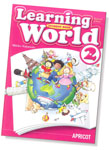

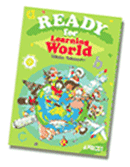
 BRIDGE gains an in-depth understanding and consolidates for a smooth transition to junior high. Review the grammar previously learned and improve vocabulary and speaking skills. BRIDGE helps students use the English structures in the right way to organize their thoughts with correct grammar. Drill practice and rewriting sentences (Workbook) is mandatory at this level to solve grammar problems.
BRIDGE gains an in-depth understanding and consolidates for a smooth transition to junior high. Review the grammar previously learned and improve vocabulary and speaking skills. BRIDGE helps students use the English structures in the right way to organize their thoughts with correct grammar. Drill practice and rewriting sentences (Workbook) is mandatory at this level to solve grammar problems.
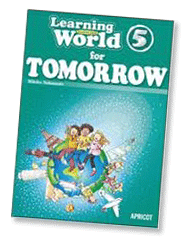 TOMORROW is for 6th graders and junior high school students. The topics are like; The Beautiful Planet, Recycling Garbage, The Mayor’s Speech, Asking Permission, I failed the test, Giving advice, etc. These topics help students to think realistically and present their thoughts. The past subjunctive, Present Perfect Continuous Tense, and Participles are introduced in the latter Units.
TOMORROW is for 6th graders and junior high school students. The topics are like; The Beautiful Planet, Recycling Garbage, The Mayor’s Speech, Asking Permission, I failed the test, Giving advice, etc. These topics help students to think realistically and present their thoughts. The past subjunctive, Present Perfect Continuous Tense, and Participles are introduced in the latter Units.












